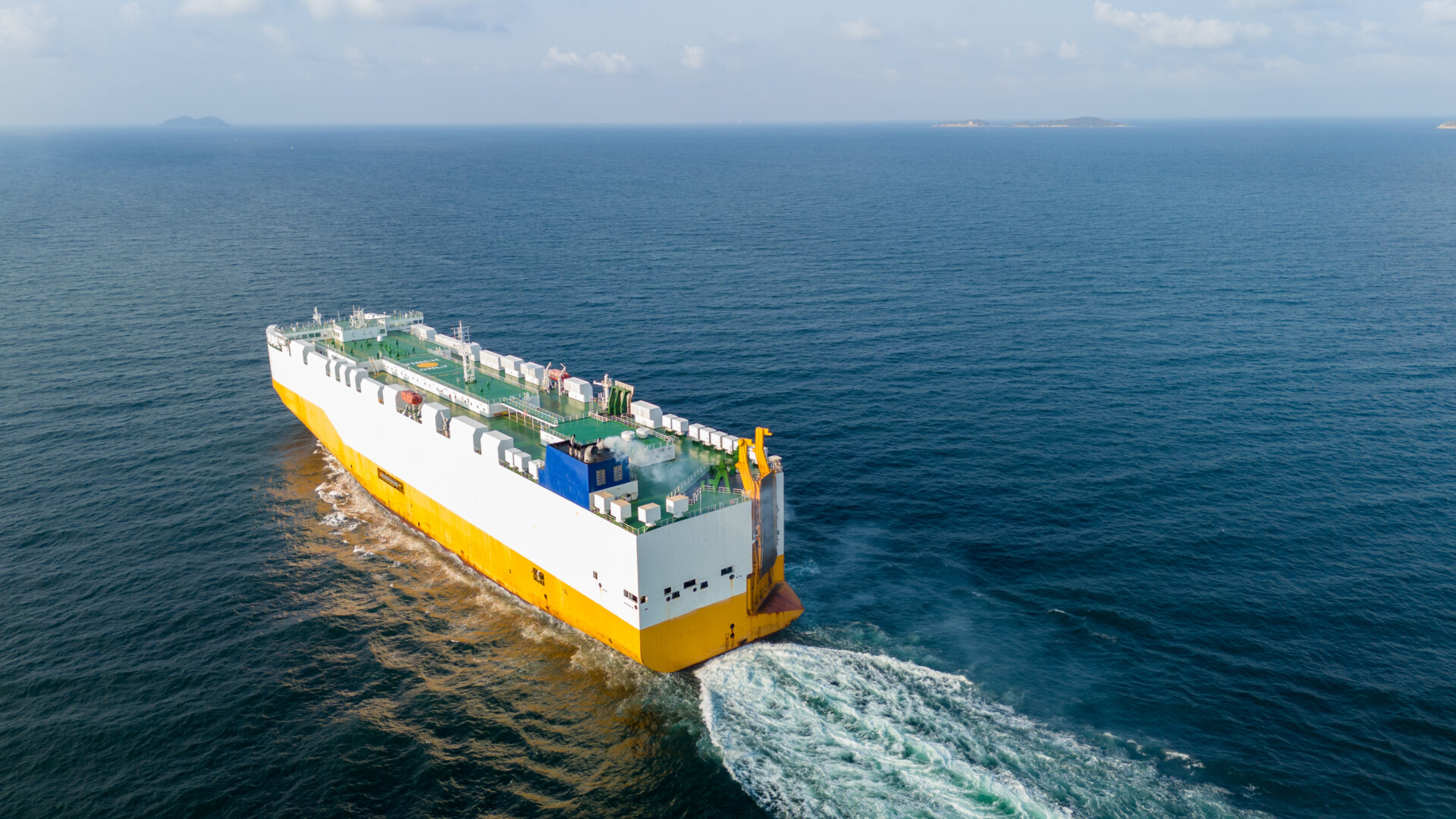China’s electric car export boom has fueled demand in the country for automobile transport ships, driving up prices for foreign buyers.
Overall, in March, Chinese ship exports fell 5.9% year-on-year by quantity in March to 399, after steadily rising for most of this decade. By value, they increased 34% to $3.1 billion. So called Roll-on/roll-off, or RoRo, vessels, are bigger and more expensive than ships used to transport containers or bulk commodities like coal, grain, and oil.
Car companies in China need the new ships. The country’s exports of motor vehicles increased 29.1% to $9.4 billion. And consumers in China are increasingly buying domestic. Imports of vehicles shrank 24.2% to $2.9 billion.
The ramp-up in Chinese car exports requires a capacity increase. Vessels large and technology-equipped enough to carry thousands of cars to the other side of the planet aren’t just lying around. China has been engaged in a furious bout of shipbuilding, for both commercial and military purposes.
In 2023, Chinese ship production rose 12% from the year before, to over 40 million deadweight tons, easily most in the world. New order for RoRo ships make up 83% of global new orders, according to the China Association of the National Shipbuilding Industry. Shipyards in China are expected to build an additional 200 RoRo ships before 2026, double the number in the period between 2015 and 2022.
The car industry, however, can’t cover for a tepid global economy. Overall, Chinese exports declined 7.5% in March to $279.7 billion. Consumers in the U.S. and Europe are still trying to establish a post-Covid footing after stimulus money has run out. Exports to the European Union dropped 13.3% to $39 billion, and shipments to the U.S. dropped 11.9% to $36.7 billion.
Asia seems to be faring a little better than other regions. Sales to ASEAN countries rose 1.4% to $52.9 billion. But expect the slump to continue. “Export volumes will rise more slowly this year, given that consumer spending in advanced economies is cooling and the tailwind from last year’s sharp drop in export prices is fading,” wrote Zichun Huang, an economist at Capital Economics.
Consumer demand isn’t the only risk. Treasury secretary Janet Yellen met with Chinese officials in early April to warn the country against overproduction that might flood global markets. The U.S. is investigating electric vehicles imports from China as a national security risk, and the EU has launched an anti-subsidy probe. China has complained to the World Trade Organization that U.S. subsidies for electric vehicles that prohibit Chinese parts are discriminatory.
The decline in exports was underpinned by slumps in sales of consumers staples. Exports of garments dropped 17.6% to $10.4 billion. Exports of toys fell 15.7% to $2.9 billion. Slightly brighter spots: Sales of household appliances fell only 0.6% to $8 billon, and shipments of high-tech products fell 0.9% to $72.5 billion.
Some markets that have seen promising are also flailing. Exports to India dropped 16.6% to $8.5 billion. Shipments to Russia, whose economy is starting to feel the effects of the war in Ukraine, fell 14.2% to $7.6 billon. However, exports to Vietnam rose 11.2% to $14.9 billion, and exports to Taiwan increased 6.6% to $6.2 billion.
Overall, imports fell 1.9% to $221.1 billion. Imports from the EU fell 5.7% to $23.3 billion, and purchases from the U.S. declined 12.5% to $13.8 billion. Imports from ASEAN countries fell 2.9% to $32 billion. Increasingly, China is buying more from other countries. Imports from India rose 4.8% to $2 billion, and imports from Russia increased 7.5% to $11.9 billion.
One reason that imports are faring better than exports: China still needs plenty of industrial commodities to build cars and ships. Imports of iron ore rose 5.3% to $12.7 billion, purchases of copper rose 15.1% to $5.1 billion, and shipments of high-tech goods to China rose 6.4% to $61.7 billion.
John W. Miller


